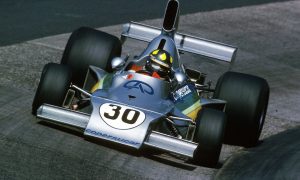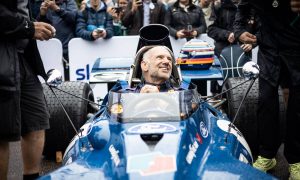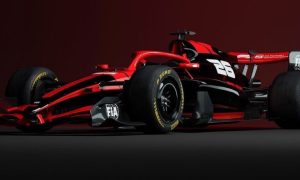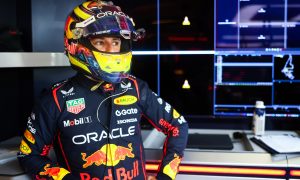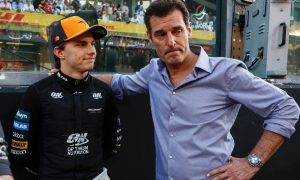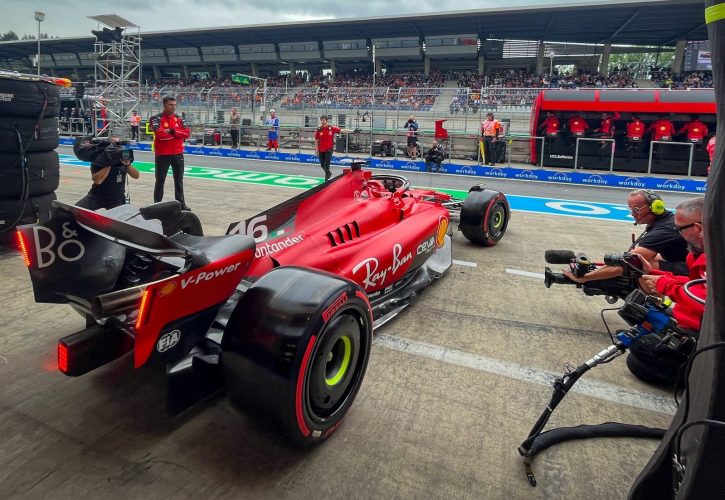
Charles Leclerc hopes that F1’s 2026 regulations will allow teams to race lighter cars while maintaining current “impressive” downforce levels.
The combined efforts of F1 and the FIA to improve the spectacle on the track resulted in the return last season of ground-effect designs.
The aero concept has produced satisfying results in terms of improving overtaking as drivers are now able to follow each other more closely, although that key characteristic has been somewhat reduced this season due to the teams’ development programmes.
But the introduction in 2026 of a new engine regulation package that will require power units to have an ICE/electric motor maximum power output ratio of 50/50 will result in heavier PUs, and therefore in heavier cars, a prospect that doesn’t appeal to Leclerc.
Read also:
Last year, the Monegasque sampled during a private run in Abu Dhabi an ex-Michael Schumacher Ferrari from 2003. Leclerc was unsurprisingly struck by the car’s nimble handling as a result of its reduced weight compared to F1’s current machines that weigh in at a minimum of 798kg.
“I arrived in 2018 and the cars were already quite heavy,” Leclerc told Motorsport.com
“I drove a 2004 car in Abu Dhabi with 50 kilos of fuel, but you can definitely feel the difference with today’s car.
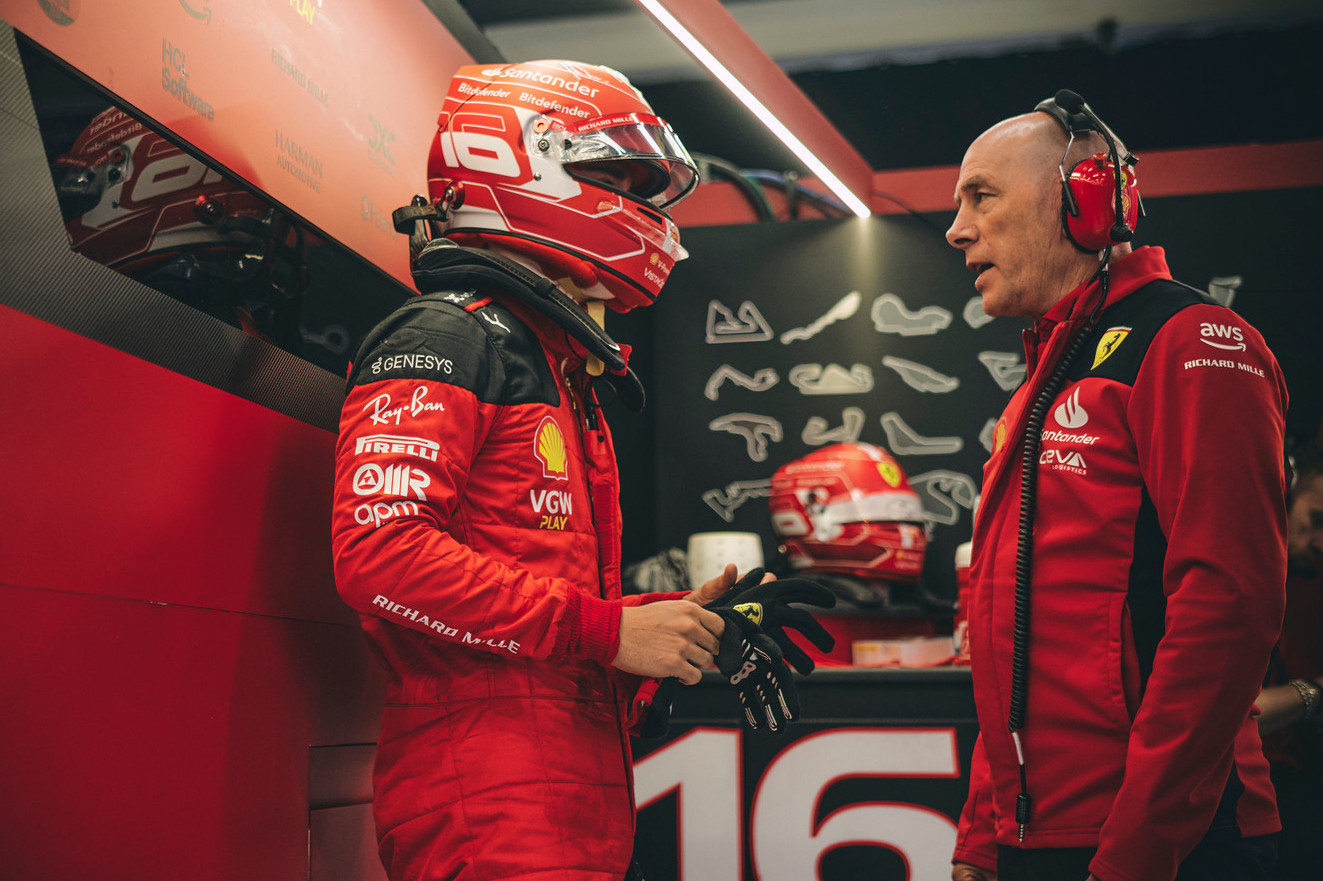
©Ferrari
“I don’t like heavy cars. I think for the agility of the car and for also the slow speed corners, now you can really feel the weight.
“But I have to say that what we are experiencing in medium to high speed with the downforce we have today is incredible compared to 12 or 13 years ago, and this is very impressive.
“So, I think it’s a balance. I wouldn’t want to go higher than the weight we have now, that’s for sure.
“But also going very light compromises also the aero that we have because the car is huge, and that produces also a lot more aero compared to 12 years ago.”

Regarding F1’s current crop of ground-effect machines, Leclerc believes teams still have a healthy margin of development ahead. But the five-time Grand Prix winner admits that the current breed is often a handful to deal with.
“They are run a very different way compared to the last era,” he acknowledged. “The last 10 to 15 years the cars were more or less run in the same way. Now it’s a very different philosophy.
“For all the teams, it’s still quite a new philosophy, because it’s only been a year and a half, so there’s still a lot of margin to improve.
“And these cars are also a lot more sensitive to all the changes you do, and you can go from very good to very bad, with a very small change. So, this makes things a bit more unpredictable.’”
Keep up to date with all the F1 news via Facebook and Twitter



